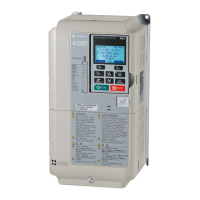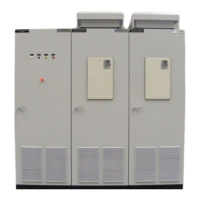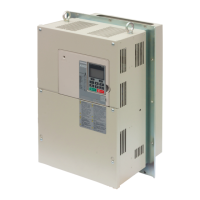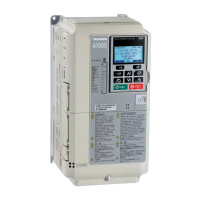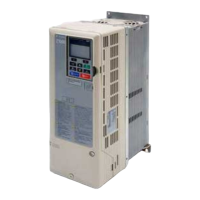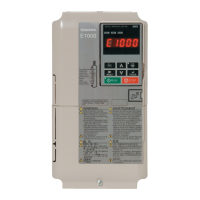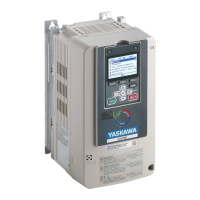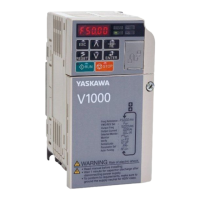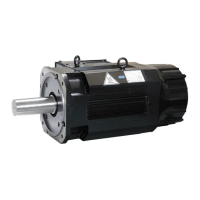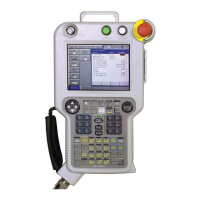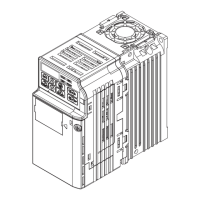What causes Ground Fault GF on YASKAWA A1000?
- CCarol RuizSep 1, 2025
If the YASKAWA Controller displays a Ground Fault (GF) error, it indicates that ground leakage current has exceeded 50% of the drive's rated output current, cable or motor insulation is broken, or there's excessive stray capacitance at the drive output. To fix it, check the output wiring and motor for short circuits or broken insulation, replace any damaged parts, and reduce the carrier frequency.
